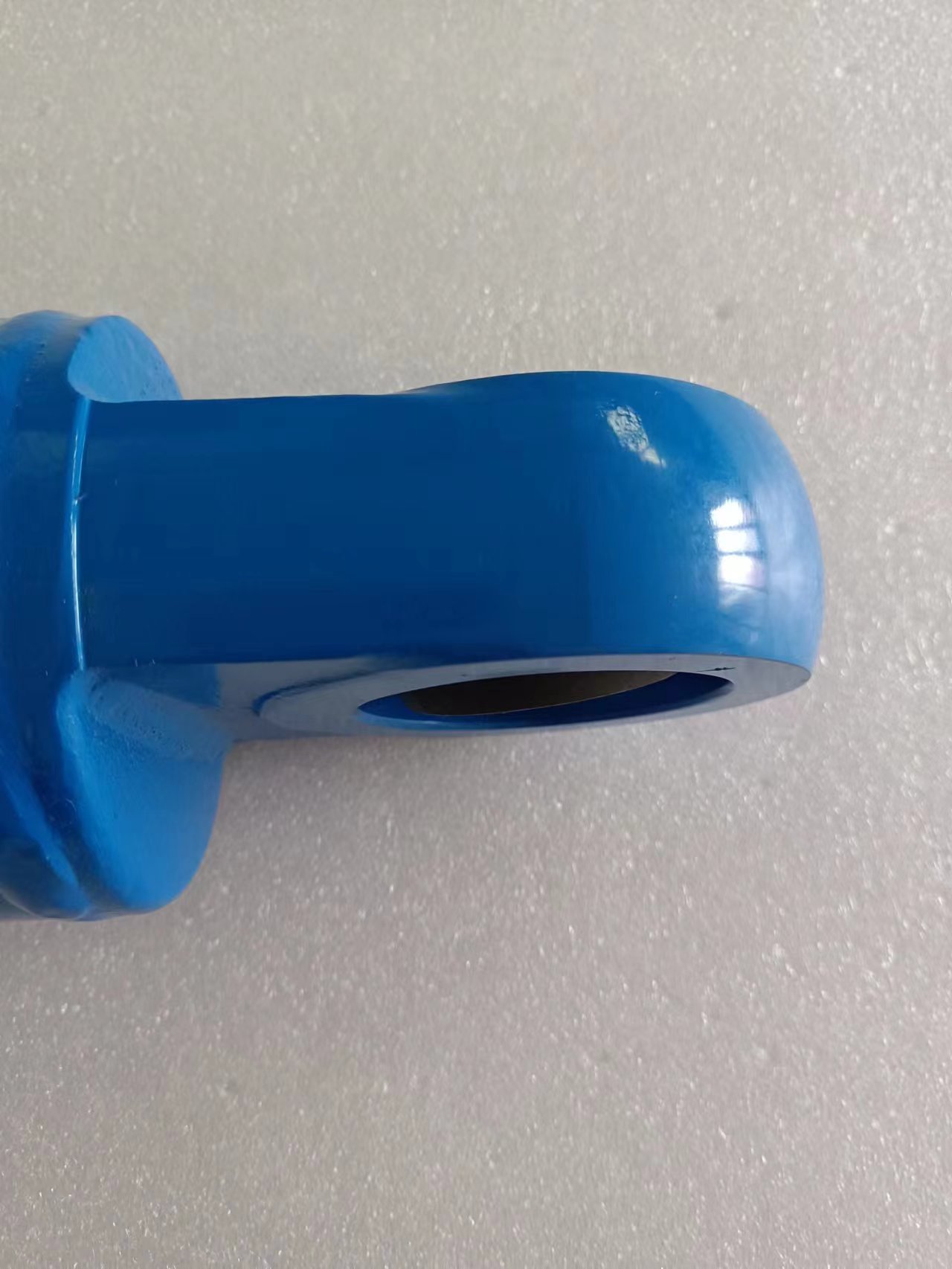Jul . 26, 2024 23:49 Back to list
Exploring the Impact of China’s Hydraulic Cylinder Forces in Engineering Applications and Innovations
Understanding the Force in Hydraulic Cylinders The Case of China
Hydraulic cylinders are essential components in many industrial applications, providing the force needed for various machinery and equipment to function effectively. In the context of China, a nation known for its rapid industrial growth and development, understanding the force exerted by hydraulic cylinders is crucial for optimizing processes across numerous sectors, including construction, manufacturing, and transportation.
At the core of a hydraulic cylinder's operation is the principle of hydraulics, which leverages the incompressibility of fluids. When hydraulic fluid is pumped into a cylinder, it creates pressure that forces a piston to move. The force exerted by this piston can be calculated using Pascal's law, which states that the pressure applied to a confined fluid is transmitted undiminished in all directions. The formula for force in a hydraulic cylinder is straightforward
Understanding the Force in Hydraulic Cylinders The Case of China
Where force is measured in newtons (N), pressure in pascals (Pa), and area in square meters (m²). The pressure inside the hydraulic system is a critical factor, as it directly influences the amount of force the cylinder can exert. In modern applications, hydraulic systems in China are often designed to operate at high pressures, sometimes exceeding 300 bar (approximately 30 MPa), resulting in significant force outputs.
china force in hydraulic cylinder

As China continues to emerge as a global manufacturing powerhouse, the demand for hydraulic cylinders has surged. Industries such as construction, which relies on excavators and loaders, and manufacturing, with machines like presses and robots, require reliable hydraulic systems that combine efficiency with safety. The ability to exert high force with precision makes hydraulic cylinders an ideal choice for these applications.
One prominent example of hydraulic cylinder usage in China is in the construction sector, particularly in the development of infrastructure projects like bridges, roads, and skyscrapers. Heavy machinery equipped with hydraulic systems performs essential tasks such as lifting, digging, and material handling. The force generated by hydraulic cylinders enables these machines to operate efficiently, moving massive loads that would be impossible to handle manually.
Moreover, with the increasing focus on automation and smart manufacturing in China, the role of hydraulic cylinders is evolving. Advanced technologies such as IoT (Internet of Things) are being integrated with hydraulic systems to enhance their efficiency and predictive maintenance capabilities. By monitoring the performance of hydraulic cylinders in real-time, manufacturers can optimize their operations, reducing downtime and increasing productivity.
However, despite the many advantages, there are challenges associated with hydraulic systems, including the potential for leaks and the necessity for regular maintenance. In a country as large and diverse as China, ensuring the reliability and efficiency of hydraulic cylinders across various applications is vital. Engineers and manufacturers must work collaboratively to develop best practices for system design, maintenance, and operation.
In conclusion, the force exerted by hydraulic cylinders represents a critical aspect of industrial operations in China. It enables machinery to perform a wide range of tasks with remarkable efficiency and power. As technological advancements continue to shape the industrial landscape, the importance of hydraulic systems is likely to grow, driving further innovations in the field. Understanding and optimizing the force generated by hydraulic cylinders will remain a paramount consideration for engineers and manufacturers aiming to maintain China's competitive edge in the global market.
-
Fork Lift Power Units - Hebei Shenghan | Efficiency, Reliability
NewsJul.13,2025
-
1.5-Ton Turbocharged Cylinder-Hebei Shenghan|Hydraulic Solution,Energy Efficiency
NewsJul.13,2025
-
Auto Hoist Power Units-Hebei Shenghan|Efficiency&Industrial Lifting
NewsJul.13,2025
-
Double Acting Power Units-Hebei Shenghan|Hydraulic Solutions,Industrial Efficiency
NewsJul.13,2025
-
1.5 Ton Lifting Cylinder 70/82-40-290-535 - High-Performance Hydraulic Solution | Hebei Shenghan
NewsJul.13,2025
-
Fork Lift Power Units - Hebei Shenghan | Efficiency&Reliability
NewsJul.13,2025
